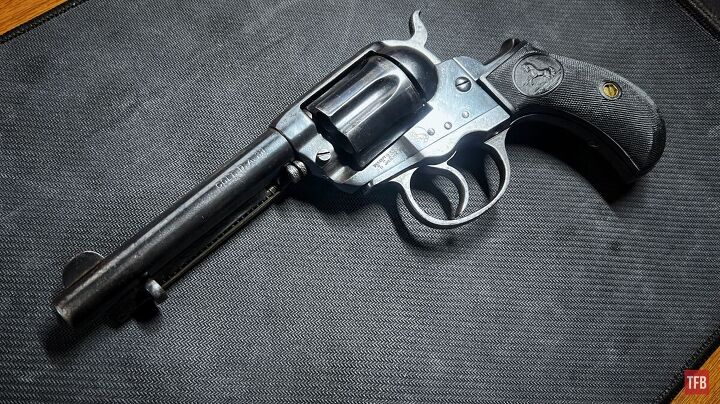Welcome everyone to the TFB Armorer’s Bench! As mentioned in the little blurb below, this series will focus on a lot of home armorer and gunsmith activities. In this article, I decided to take a bit of a risk and pick up a bucket list gun that does not have the best reputation. I of course am obviously referring to the Colt 1877 DA revolver. These revolvers are often referred to as “the gunsmith’s favorite” or “the gun all gunsmiths refuse to work on” which I think is a little unfair. They have a reputation for being fragile and prone to breakage. With a bit of time and obsessive research, I have compiled a small list of issues, reasons, and humble opinions to talk about a gun that I rather refer to as the Colt 1877 “Rainmaker”, “Lightning”, and “Thunderer”. Let’s dive right into this Commentary on The Colt 1877 Revolver!
TFB Armorer’s Bench: The Colt 1877 Revolvers
Here, we at TFB hope to inform, entertain, and even inspire any would-be gunsmith or armorer out there. Ideally, with the information I provide and with the help of our sponsors, you can have some useful knowledge pertaining to the conservation and improvement of firearms technology while at the same time sharing experiences and teaching each other new tips and tricks along the way in the comments. Digging deep into what it is to be an armorer or gunsmith has significance but what is important is what those people do to show they’ve earned that title. I am happy to share my experiences and knowledge and hope it is informative!
Make your personal safety a priority:
- Practice proper gun safety. Always make sure before the firearm hits your bench that it is unloaded and safe to be handled.
- Wear the proper safety equipment. The main one would be safety glasses (decent ones) since parts are often under spring tension and you may work with high RPM tools. Other honorable mentions would be latex gloves or a respirator when working with potentially harmful solvents and oils. Also hearing protection when working with loud machinery or test-firing firearms.
- Modifications, alterations, and customizations will void your firearm’s warranty 9.5 times out of 10. Please take that into consideration before attempting any at-home gunsmithing.
- If you are unsure about proper safety practices, disassembly procedures, or warranty standards, stop, put down the tools, and consult a competent gunsmith.
Quick History: The Colt 1877 Revolvers
The Colt 1877 or Colt DA, as it was referred to when it was introduced, was a rushed product. Do not get me wrong, it was refined and engineered over time under heavy critiques but it was rushed nonetheless. It showed up at a time when American side arms were mainly single action. Our European counterparts in the same era had an already long history and preference for the double-action revolver. The Colt company actually had a base of operations (for lack of a better name) in England. When the British military held trials for revolvers, Colt sent along the well-regarded 1873 Single Action Army and it basically got immediately rejected. Definitely not because it was a bad gun but mostly because it was not double action. So development began before too long.
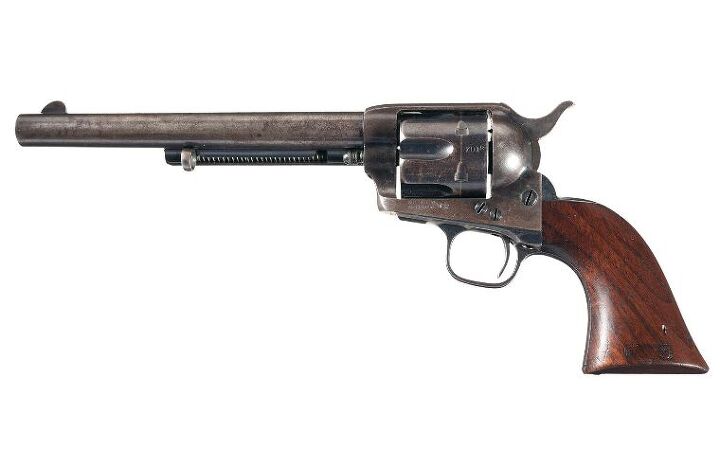
Lot 1293: Colt Single Action Army Revolver 45 Colt – Exceptional 1875 Production A.P. Casey Sub-Inspected Colt Cavalry Model Single Action Revolver. (n.d.). Rock Island Auction Company. photograph. Retrieved October 19, 2022, from https://www.rockislandauction.com/detail/56/1293/colt-single-action-army-revolver-45-colt.
Now, this is supposed to be a quick history so I am going to have to gloss over some things. Skipping ahead to when the Colt 1877 was finalized it still was not ideal for the British government nor did they have any interest in it since all of its competitors were just a little better in every way. Colt did not mind because they chose to take their new Colt 1877 DA to market.
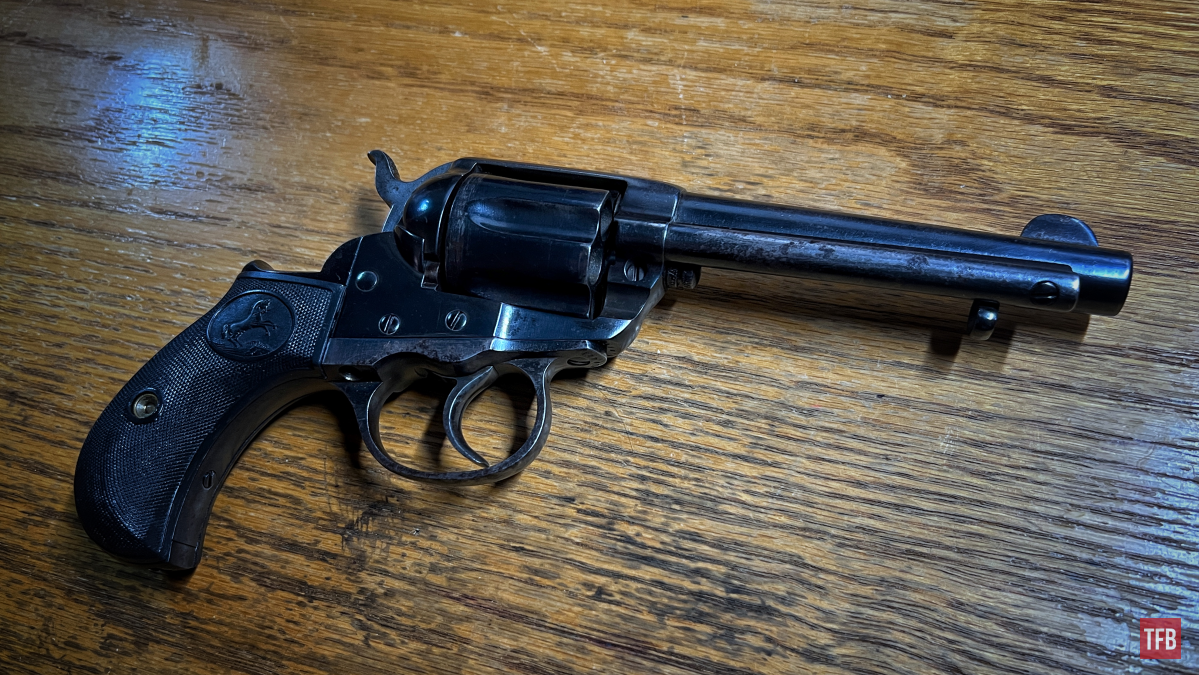
Over its production run from 1877 to 1909, it was chambered in three different cartridges and sported a bunch of barrel lengths (1 1/2, 2, 2 1/2, 3, 3 1/2, 4, 4 1/2, 5, 6, 7, or 7 1/2 inch). Working from smallest to largest cartridge options we have the .32 Colt, .38 Colt, and .41 Colt. These would eventually all pick up a nickname by the same merchant and advertiser that dubbed the 1873 SAA the “Peacemaker”. The 32 was called the “Rainmaker” (it is the rarest of the bunch, only a few hundred ever made), the 38 was the “Lightning” (my personal Colt 1877), and the 41 was the “Thunderer”.
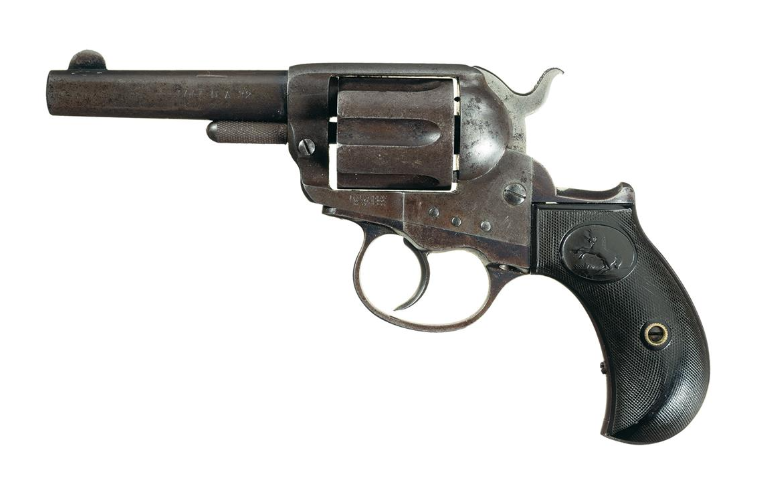
Lot 331: Colt 1877 Revolver 32 Colt – Scarce Cased Colt Model 1877 .32 Colt Caliber “Rainmaker” Double Action Sheriff’s Model Revolver. (n.d.). Rock Island Auction Company. photograph. Retrieved July 31, 2022, from https://www.rockislandauction.com/detail/65/331/colt-1877-revolver-32-colt.
Over 166,000 of these revolvers were produced and many notable historical figures used them. Some of them are reputable enough to make you question the modern-day claims of the Colt 1877’s fragility. For example, Doc Holiday, John Wesley Hardin, and Billy the Kid (never full-on confirmed but it is highly likely from the literature) used the Colt 1877 revolver in some form or another whether it was a primary tool or a backup gun.
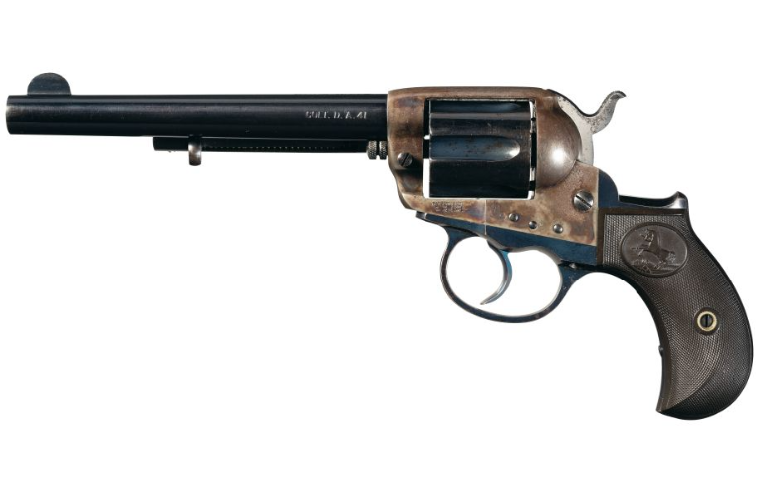
Lot 3277: Colt Model 1877 Thunderer Double Action Revolver – Colt Model 1877 Thunderer Double Action Revolver with 6 Inch Barrel. (n.d.). Rock Island Auction Company. photograph. Retrieved October 19, 2022, from https://www.rockislandauction.com/detail/84/3277/colt-model-1877-thunderer-double-action-revolver.
Despite the Colt DA never really having any severe issues in the three decades that it was produced, it still somehow has a harsh reputation in these modern well documented times. It is looked at as fragile and complicated. They are commonly used for display and collecting purposes for this reason. On top of that last note, they definitely are not very cheap despite their supposed flaws and reputation. So are the rumors and claims truly warranted? Is the Colt 1877 DA actually a fragile firearm? I will do my best to present my humble opinions and observations below.
Common Issues & Potential Reasons: The Colt 1877 Revolvers
An important part of being a gunsmith or armorer (covered in the article here) is not only identifying the problems with a gun but also what caused them. This way future issues can be prevented. Sometimes parts just plain and simply wear out and break but sometimes there is some other sneaky reason. So swapping an old part out for a new one is not always the long-term remedy. Sure, the Colt 1877 and its parts are small, “fragile” and complicated. Why is there not a bunch of documented reports of issues back when they were being made? It cannot just be age, right?
Trigger Will Not Return: This is usually one thing or a combination of things. There is a flat spring that biases the trigger back forward after being pulled rearward. These springs get thinner and thinner and you get closer to the edge that touches the trigger. They often break off at the tip or crack and lose some if not all of their tension.
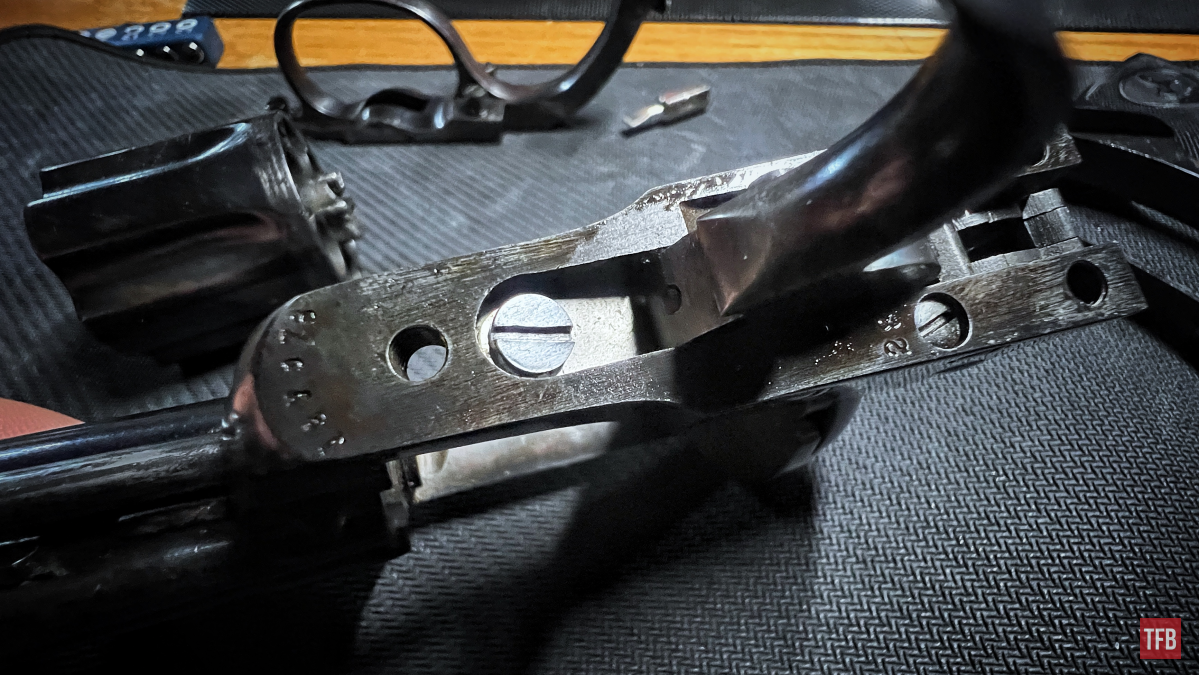
There is also a roller that acts as a go-between for the trigger and spring relationship. These rollers (although they rarely “break”) have been known to wear flat on one edge. This is likely because of the roller simply (and quite a happenstance) being used on one side and not making a full rotation as often. It is a snowball effect that eventually leaves the roller constantly being used and ground flat on one side of its surface.
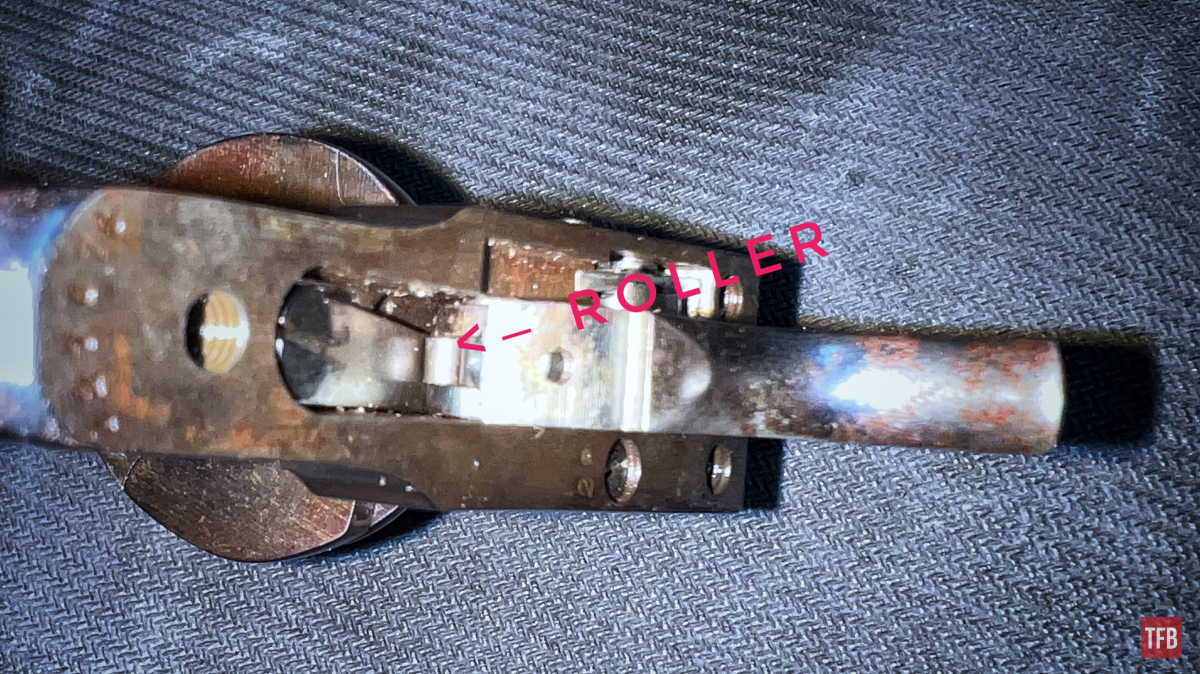
Cause? Age and excessive use mostly. This is almost always the fault of the trigger spring and not the roller but I wanted to mention that possibility as well.
Out of Time: This is probably the most common issue with these guns and unfortunately, it has a ton of different potential causes. So much so that I may forget to mention one off the top of my head. The Colt 1877 has an interesting way of locking up while being fired compared to modern-day revolvers. Modern revolvers have a cylinder stop that pokes up and out from the bottom of the frame and corresponds with small notches in the side of the cylinder. This makes sure that the chamber is in line with the bore and also locked in that spot during firing. The Colt 1877 has the same system in place but in a separate spot. The cylinder stop pokes out from the rear of the frame (under the blast shield) and stabs into notches on the chamber side of the cylinder.
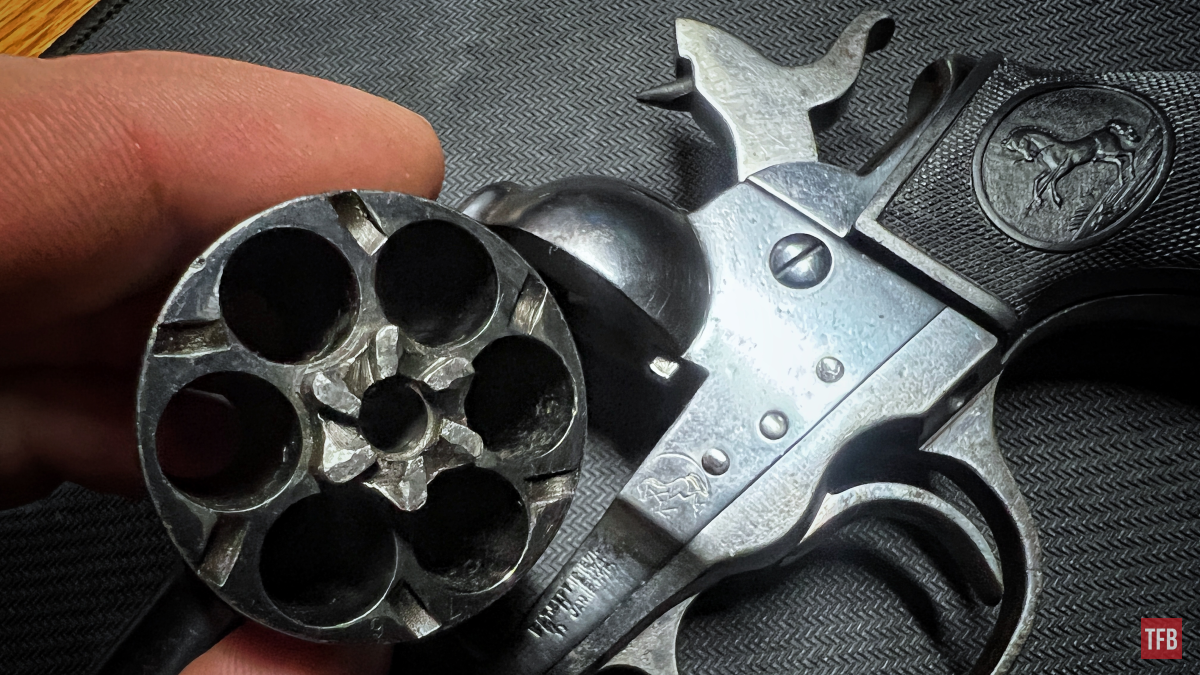
The cylinder stop itself rarely breaks but can be damaged by heavy fouling (foreshadowing!!!) affecting its positioning during the cylinder’s rotation. The cylinder stop’s notches can also wear out because of this since the stop may be poking out at the wrong time and wearing on the face of the cylinder. It is unlikely but still a documented happening. The cylinder stop itself has a tail (on the inside of the frame) that communicates with a stud on the trigger. This stud will often be a heavy wear point since the cylinder stop is made to slide off of it when the trigger is being released and relinquished forward.
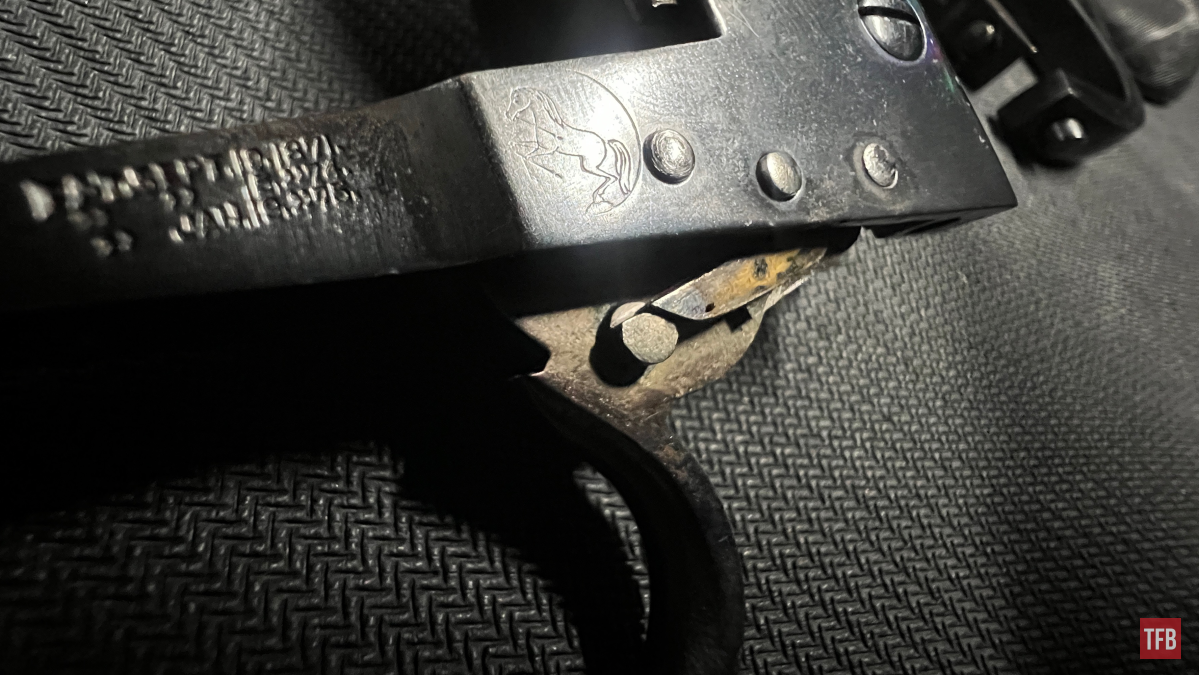
The springs in this gun actually rarely wear out (besides the trigger spring). At one point I watched a video in which someone replaced their sear and cylinder stop (it is a combination spring) tension spring and dry-fired their Colt 1877 until a breakage happened. It took what can be considered a normal amount of use to actually wear out those springs. Pretty cool actually!
Besides those few points, it should be mentioned that these guns are SOFT. That is right, their heat treatment is not of a high standard. Why? Because these guns were only ever made to fire black powder cartridges. They were never proofed to fire smokeless loads. This is an odd fact since Colt SAA revolvers being manufactured in the late 1890s (during the 1877’s production) began being proofed for smokeless loads. Back to the soft trait of these guns. The holes in which the trigger pin and bolt pin reside can become followed and disturb the timing.
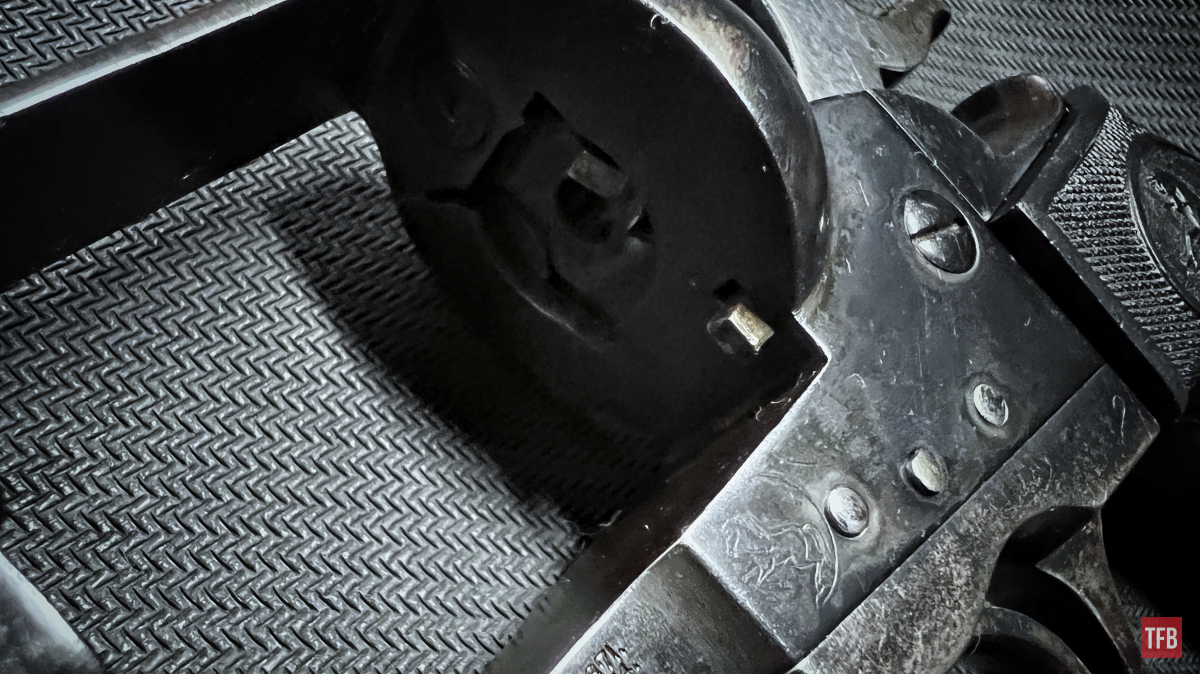
Important Note: As I finally just touched on, these guns were not made to shoot smokeless loads (no matter how light the load may be). The pressure curve is just too different and it will (whether it be immediate or in time) eventually show in your gun. Treat it as intended. This is almost definitely why these guns developed such a reputation long after their 32-year production ceased. Later production of Colt 1877 revolvers even had it on their box! “NOT ADAPTED FOR SMOKELESS POWDER”. Modern reproduction ammunition (for other guns that use the same cartridges) will hurt these revolvers. Their parts are not as delicate as many say. They just get beat up by folks using the wrong ammunition.
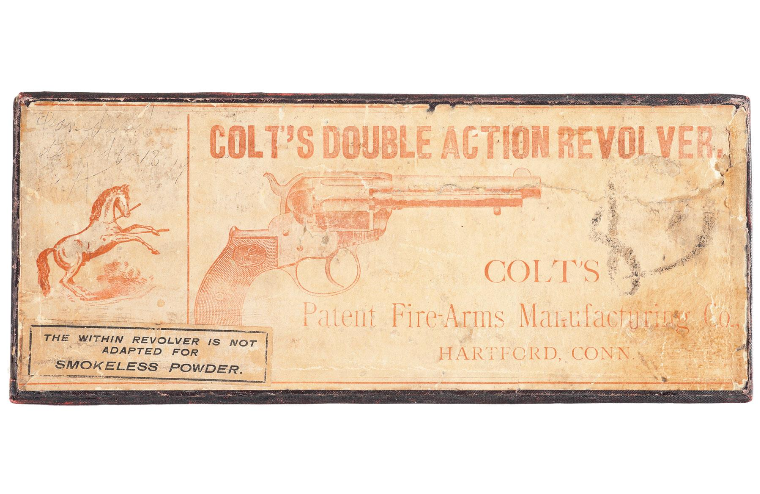
Lot 1312: Colt 1877 Revolver 38 Lc. (n.d.). Rock Island Auction Company. photograph. Retrieved October 19, 2022, from https://www.rockislandauction.com/detail/57/1312/colt-1877-revolver-38-lc.
Conclusion: The Colt 1877 Revolvers
Now that I have dismounted the “don’t use smokeless loads” horse, I want to add one more note before we close this one out. Parts availability was probably a huge problem for a long time for these guns. Especially when the whole “gunsmith’s favorite” adage took effect. Back in the day, if I personally had to make a spring for myself or for someone else, it would take a good long while. That is valuable time and if you are a practicing gunsmith, time is money and you need to charge for your time and expertise. Not to mention any other part in this gun which would have to be hand fitted and probably heat treated. I have a soft spot for these revolvers and it probably shows. I will never claim they are perfect, in fact, I would not recommend investing in one unless it was for collecting purposes or you have the whole reloading thing down. I think it is a super cool piece of history and I enjoy the fact that I can hold a similar specimen that some gunfighter may have relied on once upon a time.
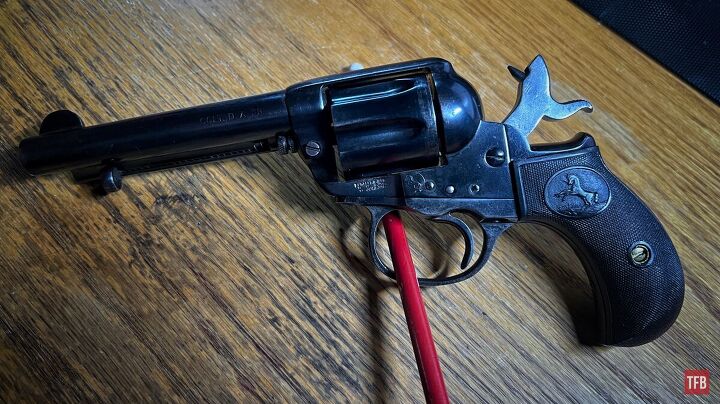
As always, thank you for reading TFB! Be safe out there, have fun while shooting, and we will see you next time for the TFB Armorer’s Bench! Also, let us know what you think in the comments below! We always appreciate your feedback.
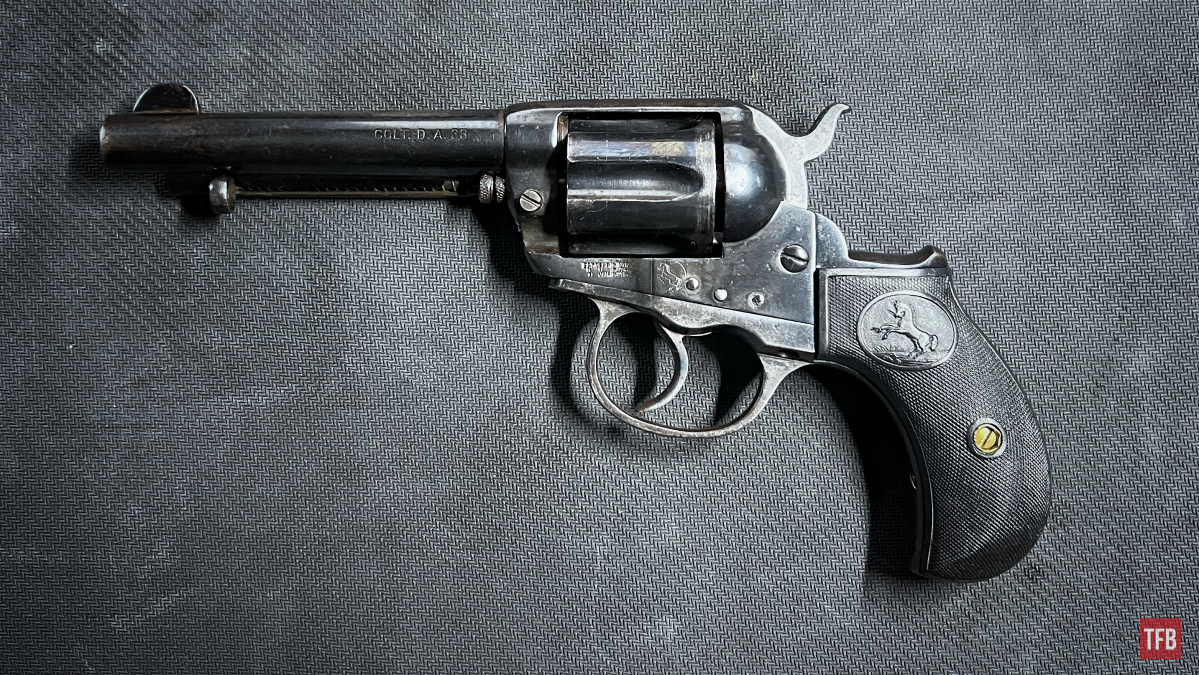
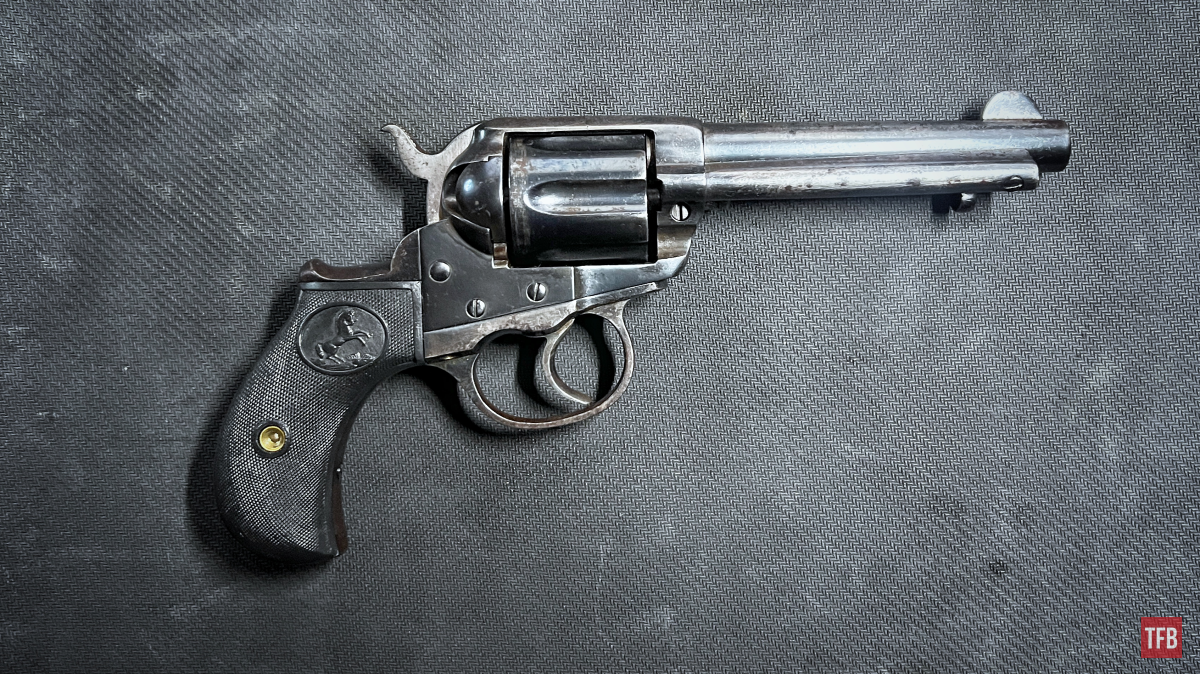
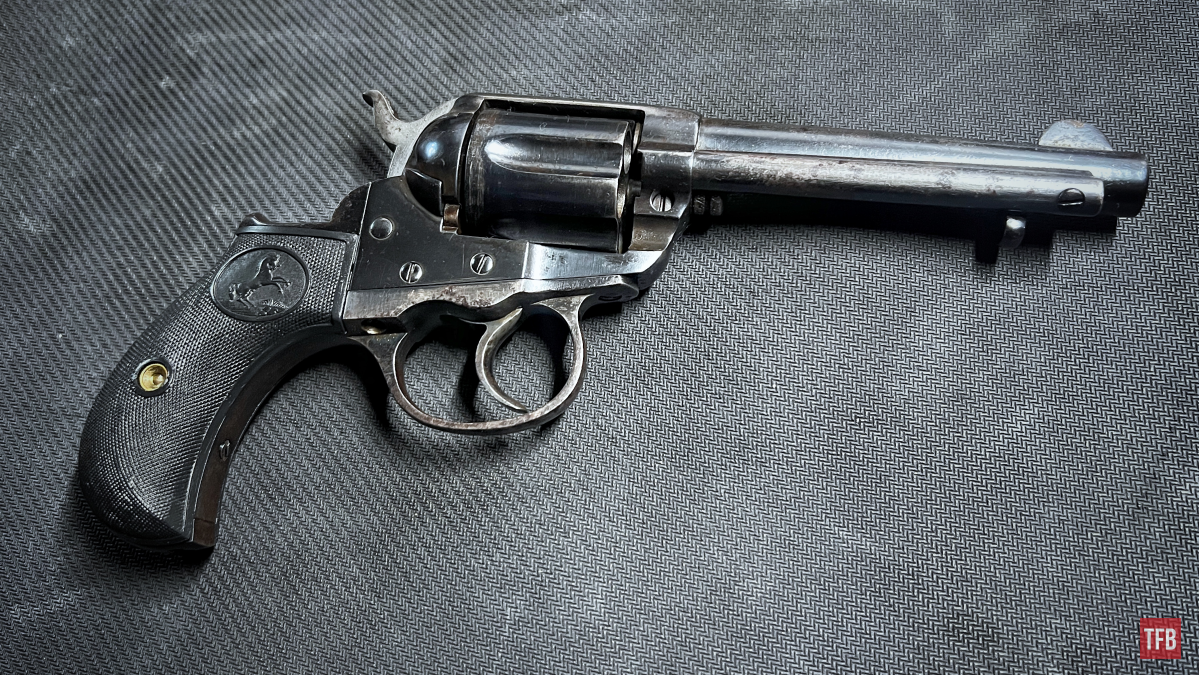
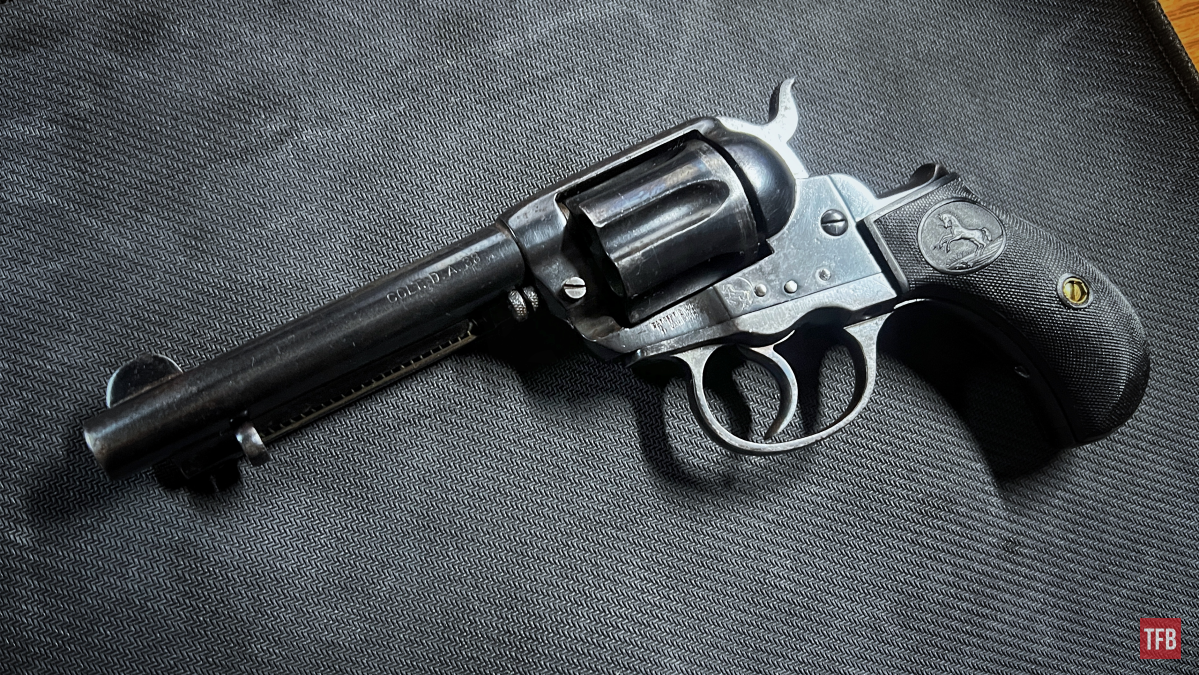
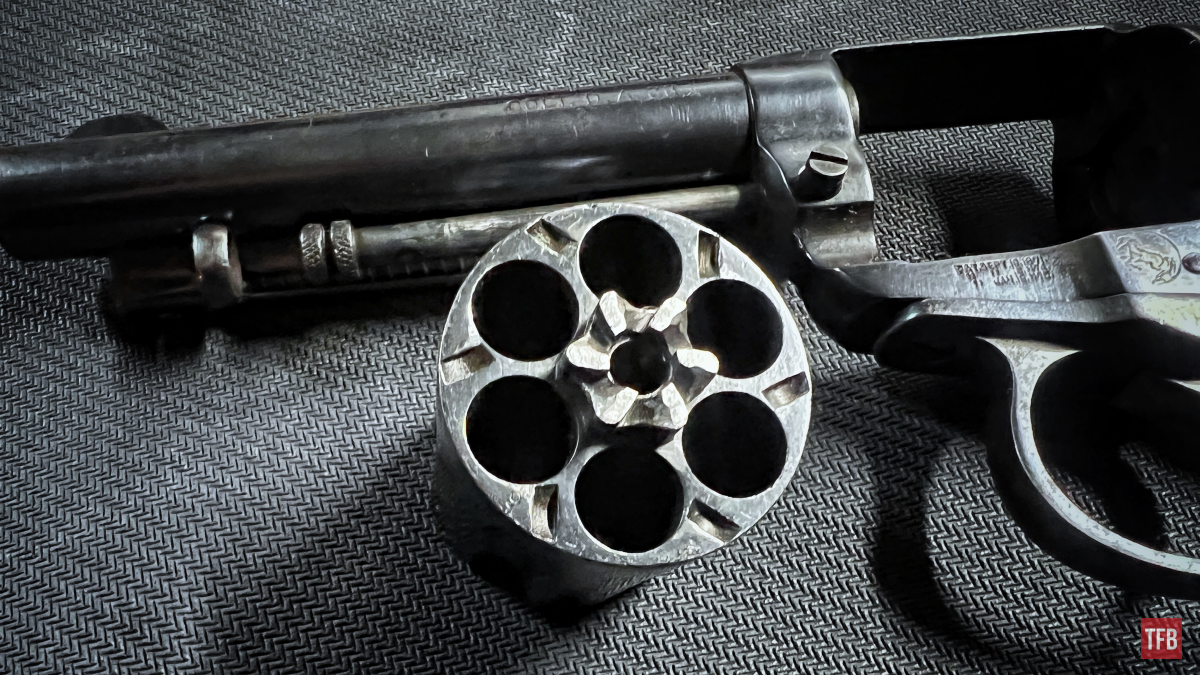

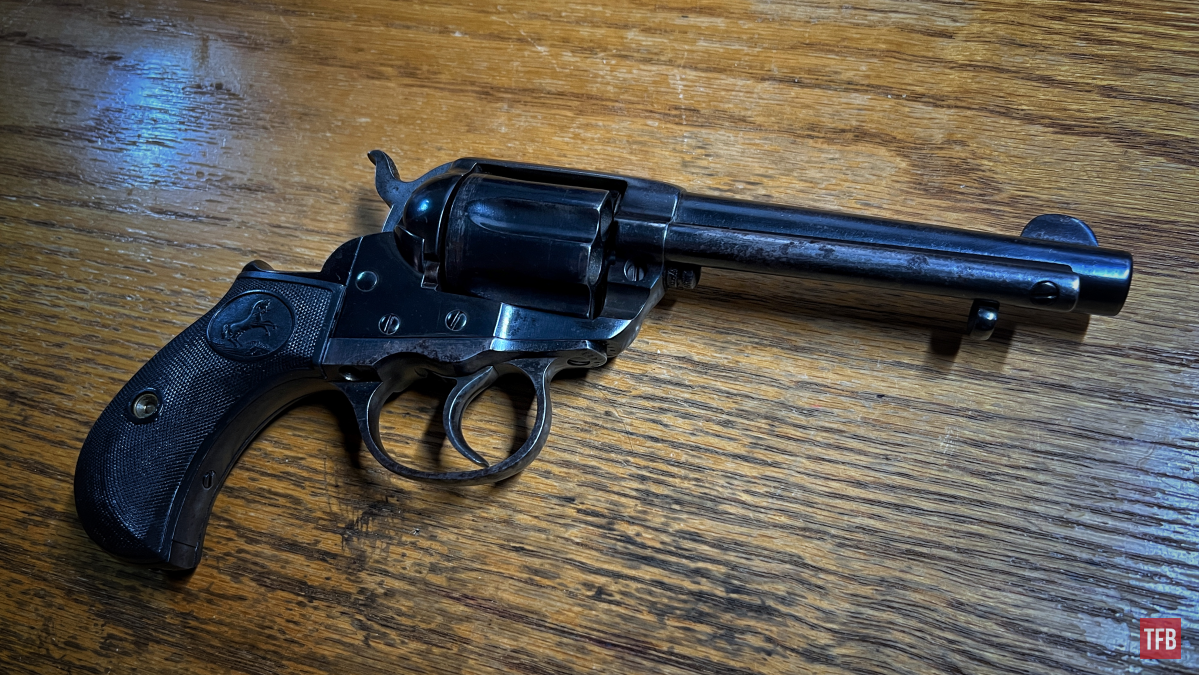
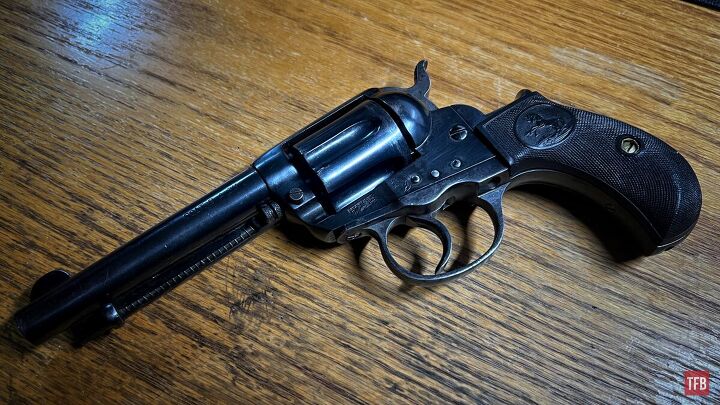
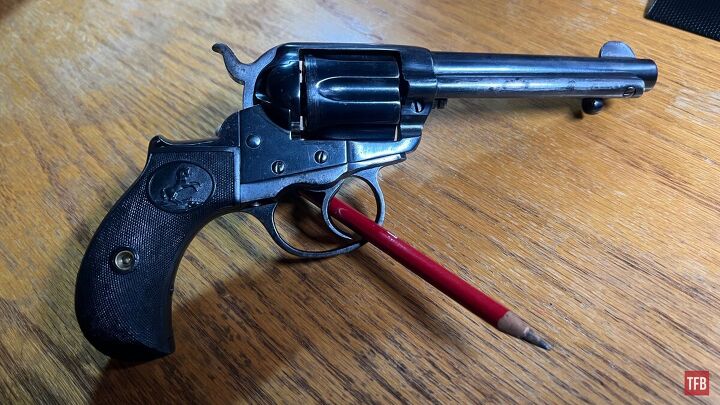
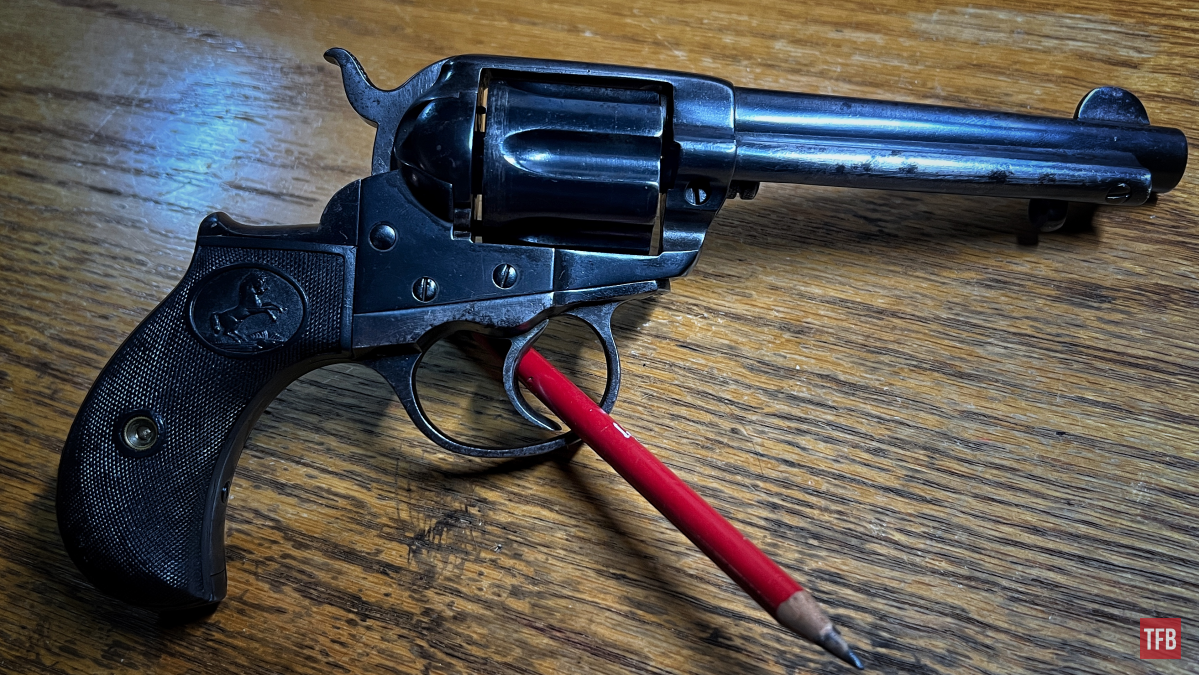
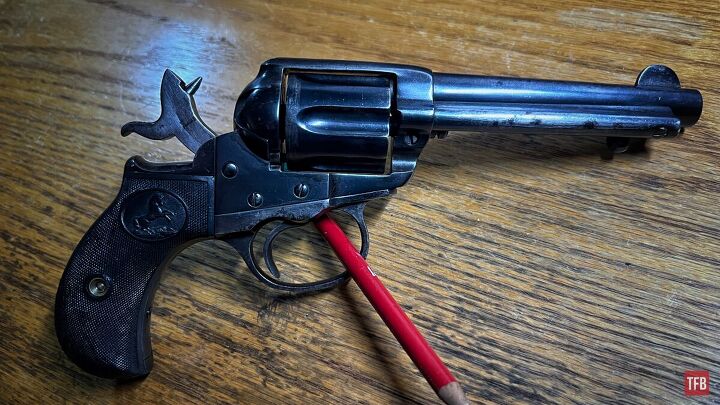

 Your Privacy Choices
Your Privacy Choices
